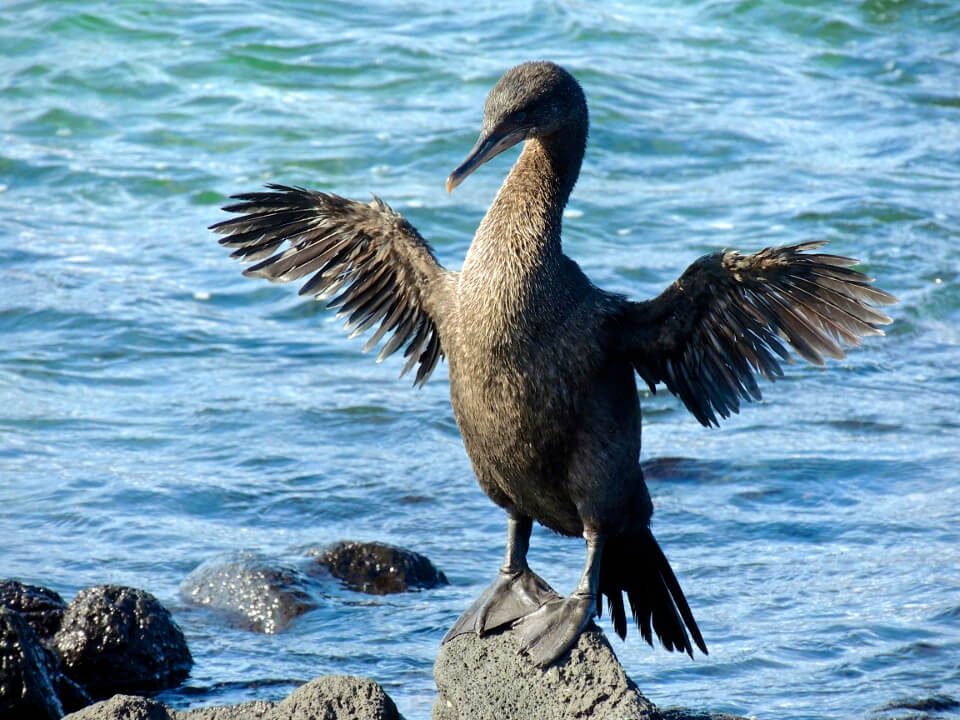Galapagos Islands facts
In times when so much information is at our fingertips, how do we tell factual and useful information apart from the sales-oriented mass produced sites? This is a challenge faced by increasingly more internet-users these days.
Galapagos is a travel destination with a strong gravitational force of its own. It is on the 1000 places to see before you die, ranks among the top destinations on most relevant travel media, and receives every year several awards for its conservation and sustainable travel procedures.
TALK TO A DESTINATION EXPERT

Diego Zapata

Rosa Mena

Sandy Lara

Diego Zapata

Rosa Mena

Sandy Lara
Very often, the best guidance is given by guides
But how much does the average person know about the archipelago or about the travel options should there be interest to go? Fact is, very little.
That is when tools like the recently launched BIG15 list for Galapagos Islands comes most handy. A consensual compendium of the 15 highest-ranked guides and expedition leader favorite Galapagos Species. Where are they found, and consequently, what are your best options to meet your favorite species or the highest (special) species exposure.
This tool is most helpful when wildlife encounters are among the higher priorities when choosing a voyage to Galapagos. Compare Galapagos tours itineraries, find the one that yields the highest number or patch together a trip combining hotel stay- with day trips, combined with a ship´s itinerary to yield the perfect wildlife exposure.
A simple but practical tool, for tour operators, agents, and the average trip planner

Click at Galapagos BIG15 and browse by species, by island, or by itinerary. Matching one’s interest with the ideal itinerary has never been simpler! It also helps plan for the future, if you prefer to split your visit into two separate trips. Now you can make sure you combine different seasons (cooler season between April and December versus warmer season from December to April) with different itineraries or programs.

Javier Garcia

Eduardo Silva

Carolina Escobar
START PLANNING YOUR TRIP

Javier Garcia

Eduardo Silva

Carolina Escobar
Get in touch for more
CONTACT US
Each species has a short but detailed description of some of the major arguments, why that species is among the most fascinating of Galapagos Fauna. When launched, someone asked why the Darwin Finches aren’t listed. For starters, as a group, they count up to 15 species. They are a case study of adaptive radiation. They are a subject for itself, and visible in all Galapagos Islands.
Start your Galapagos vacation today!


